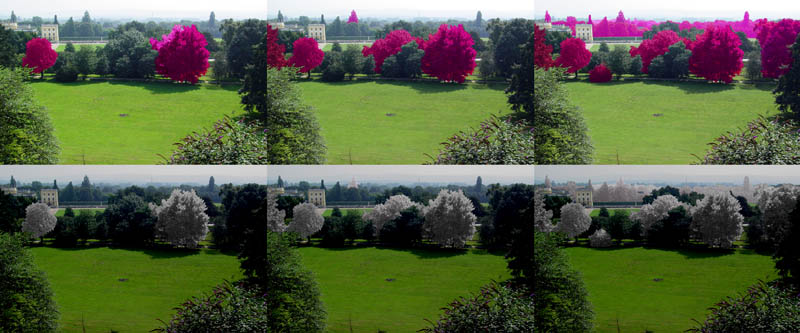 From Tree of
Photosynthesis to Forests of Photosynthesis (photomontage)
|
The Project "Air in Peril" has three major elements: |
1. « Tree of Photosynthesis »"Tree of Photosynthesis" is the key element of the project « Air in Peril ». This tree wants to revive photosynthesis. It replaces the quantity of lost chlorophyll and tries artificially to color the forests again. |
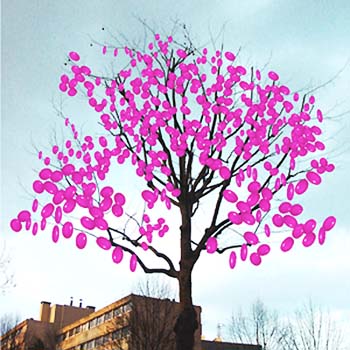 day |
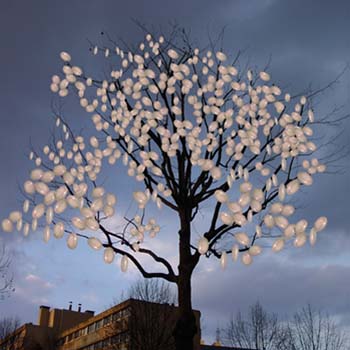 night "Tree of Photosynthesis" is the key element of the project « Air in Peril ». This tree wants to revive photosynthesis. It replaces the quantity of lost chlorophyll and tries artificially to color the forests again with plastic PVC leaves which contain photochromic pigments. They do not become green but purple. This violent contrast of green and purple in forests would give maximum alarm. The plastic leaves with photochromic pigments will react exactly in accordance with the quantity of ultraviolet rays and will be purple while they receive solar rays but will become translucent milky-white by night, giving the tree the appearance of a ghost tree. |
| Forest
of Photosynthesis |
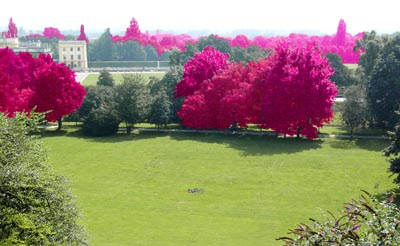 day |
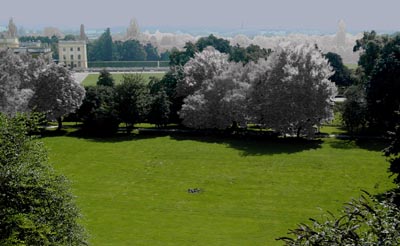 night |
|
|
2. « Air Wheel » |
 |
| "Air Wheel" is a
representation
of solar energy exciting chlorophyll
and at the same time an air wheel which endeavors to provide air to the forests. |
3. « Molecule of Oxygen » |
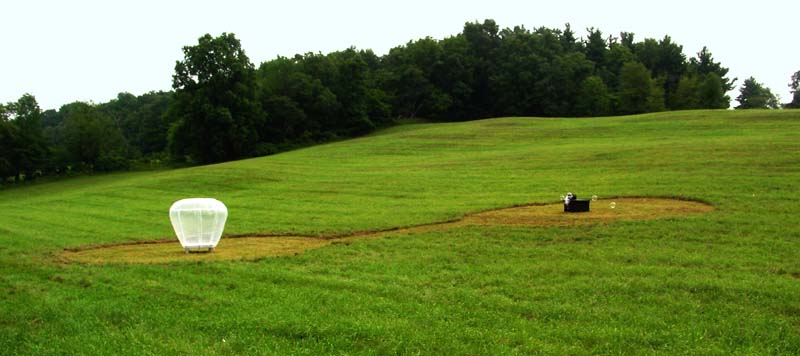 Molecule of Oxygen
at Art Omi
International Artist Colony in New York in 2004
|
|
|
| © 2025 Shigeko Hirakawa. All rights reserved |